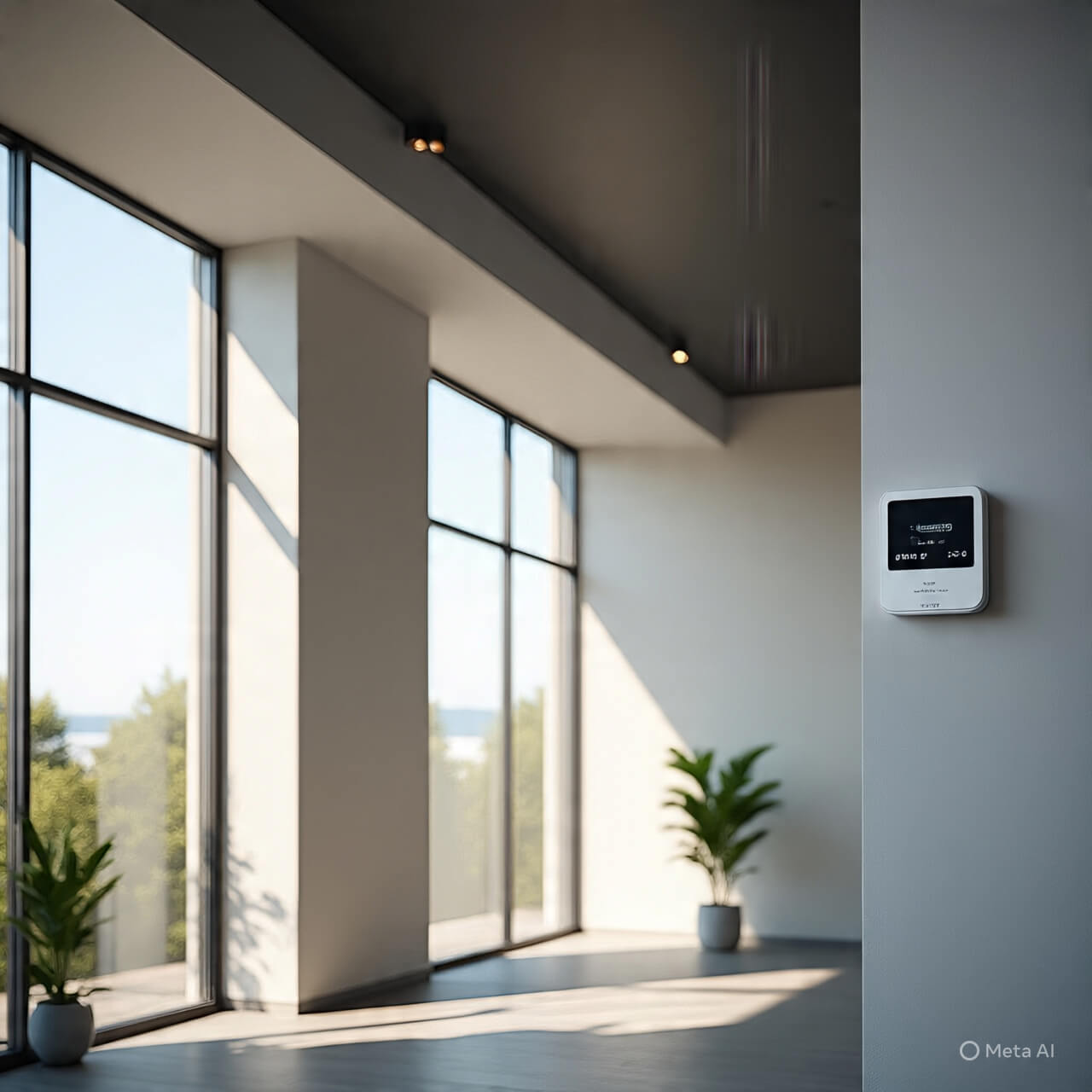Efficient Climate Control Strategies for Modern Buildings

Key Takeaways
- Integrating smart HVAC systems dramatically boosts energy efficiency and enhances comfort for building occupants.
- Passive design strategies—like optimizing thermal mass and maximizing natural ventilation—greatly reduce the building’s reliance on mechanical systems.
- Consistent maintenance and timely system upgrades are critical to ensuring long-term performance and continued cost savings.
Creating comfortable and energy-efficient indoor environments is more important than ever as the demands on modern buildings increase. Building owners, managers, and occupants all share a vested interest in maintaining ideal indoor conditions, not just for comfort but also for health, productivity, and sustainability. Achieving this balance requires a blend of cutting-edge technology, intelligent design, and ongoing attention to system performance. Today’s advanced climate control strategies tap into a synergy between smart automation, architectural design, and proactive equipment care to manage temperature, humidity, and air quality while drastically reducing energy consumption and costs. Collaborating with an experienced HVAC company is crucial during both the planning and operational phases, ensuring that every aspect of a building’s climate control system is optimized for maximum efficiency and occupant well-being.
Alongside the adoption of innovative technologies, a holistic approach that incorporates the building’s physical design, passive climate-moderating features, and a robust plan for ongoing maintenance is key. With a strategy that combines high-performance equipment, responsive system management, and effective architecture, property managers can significantly lower utility bills, lengthen the service life of major systems, and minimize the building’s overall carbon footprint. These efficiencies not only support long-term cost savings but also help achieve compliance with evolving environmental standards and promote the health and productivity of those inside.
Smart HVAC Systems

Smart HVAC services and systems are revolutionizing building technology by leveraging advanced computing, artificial intelligence, and the Internet of Things (IoT) to create adaptive environments. These systems analyze data from occupancy sensors, weather inputs, and real-time usage patterns to automatically respond to building needs, delivering the perfect balance of temperature, humidity, and ventilation without overuse of energy. This automation leads to significant savings and improved comfort and health for building inhabitants. Advantages of upgrading to smart HVAC include predictive analytics, remote access and automation, energy savings, and improved indoor air quality.
Predictive analytics allows systems to anticipate climate control needs, such as pre-cooling spaces before occupancy or delaying heating during unoccupied periods. Dynamic scheduling and zoning controls can reduce energy use by 20-30%, especially in commercial properties with fluctuating occupancy patterns. Integrated air quality sensors ensure real-time ventilation rates, protecting occupant health and meeting stringent indoor air quality standards. Working with a knowledgeable HVAC company ensures systems are selected, installed, and calibrated for maximum performance and compliance with regulations.
Passive Design Elements
Passive design strategies are crucial for maintaining a comfortable interior climate in buildings. These strategies use natural features like sunlight, wind, and seasonal temperature changes to achieve optimal conditions. By focusing on building orientation, material choices, and smart architectural features, passive strategies can lead to significant energy savings and lower operational costs. Key passive techniques include using materials with high thermal inertia to absorb excess heat, natural ventilation using local wind patterns, and building envelope improvements like high-performance insulation and triple-glazed windows. These strategies can reduce overall HVAC energy usage by up to 30%, complementing mechanical initiatives. For more guidance on implementing passive strategies, consult the EPA Green Building Resource. Incorporating these strategies during construction or retrofits can yield substantial returns.
Regular Maintenance and Upgrades
Climate control systems’ efficiency and longevity depend on regular maintenance and upgrades. Neglecting routine service can lead to clogged filters, miscalibrated sensors, or refrigerant leaks, which can decrease performance and increase energy costs. Proactive care prevents inefficiencies from causing costly equipment failures or uncomfortable conditions for building occupants. Essential maintenance practices include scheduled inspections, system calibration, predictive maintenance, and timely system upgrades. Regular checks cover filters, refrigerant levels, electrical connections, belts, and controls, catching wear and tear early. Diagnostic software can predict potential issues, reducing emergency repairs and enhancing reliability. Upgrading outdated equipment and integrating the latest technologies helps buildings stay updated with regulatory changes and reduces energy use and maintenance costs. Adhering to a strict maintenance schedule can significantly extend the usable life of HVAC investments, preserving capital and reducing energy usage and emissions.
Conclusion
Efficient climate control in modern buildings emerges from a careful blend of cutting-edge technology, intelligent design, and ongoing care. By integrating smart HVAC systems, leveraging passive architectural features, and committing to proactive maintenance, building owners and managers achieve comfortable, healthy environments while keeping operational costs low and promoting sustainability. Relying on a trusted HVAC company to implement and manage these strategies ensures optimal results for both occupants and the planet.
For more articles visit: Desktopfeed






